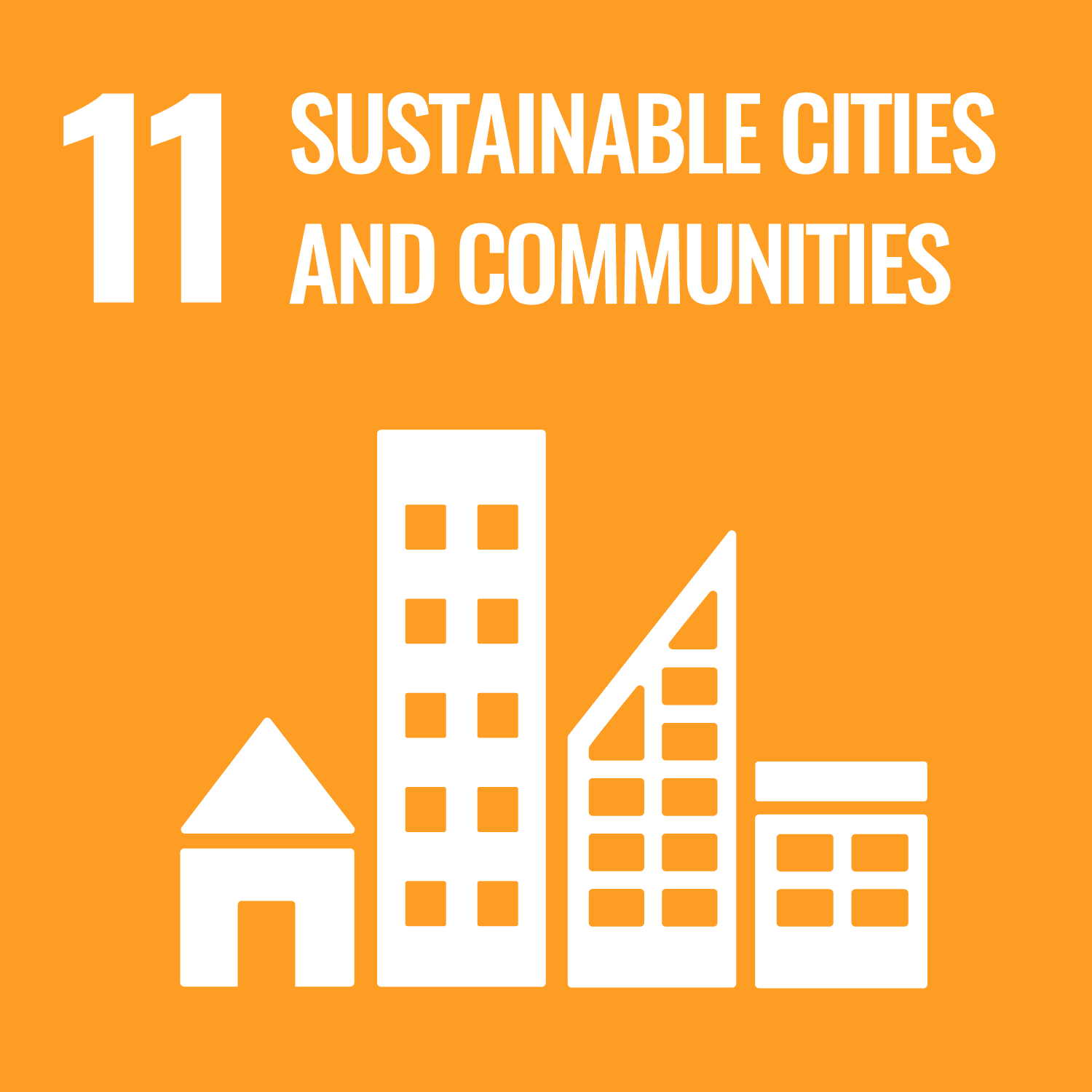ORCID
- A. G.L. Borthwick: 0000-0001-6053-7764
Abstract
AbstractFlood hazard maps used to inform and build resilience in remote communities in the Terai region of southern Nepal are based on outdated and static digital elevation models (DEMs), which do not reflect dynamic river configuration or hydrology. Episodic changes in river course, sediment dynamics, and the distribution of flow down large bifurcation nodes can modify the extent of flooding in this region, but these processes are rarely considered in flood hazard assessment. Here, we develop a 2D hydrodynamic flood model of the Karnali River in the Terai region of west Nepal. A number of scenarios are tested examining different DEMs, variable bed elevations to simulate bed aggradation and incision, and updating bed elevations at a large bifurcation node to reflect field observations. By changing the age of the DEM used in the model, a 9.5% increase in inundation extent was observed for a 20‐year flood discharge. Reducing horizontal DEM resolution alone resulted in a <1% change. Uniformly varying the bed elevation led to a 36% change in inundation extent. Finally, changes in bed elevation at the main bifurcation to reflect observed conditions resulted in the diversion of the majority of flow into the west branch, consistent with measured discharge ratios between the two branches, and a 32% change in inundation extent. Although the total flood inundation area was reduced (−4%), there was increased inundation along the west bank. Our results suggest that regular field measurements of bed elevation and updated DEMs following large sediment‐generating events, and at topographically sensitive areas such as large river bifurcations, could help improve model inputs in future flood prediction models. This is particularly important following flood events carrying large sediment loads out of mountainous regions that could promote bed aggradation and channel switching across densely populated alluvial river systems and floodplains further downstream. © 2020 The Authors. Earth Surface Processes and Landforms published by John Wiley & Sons Ltd
DOI Link
Publication Date
2020-01-01
Publication Title
Earth Surface Processes and Landforms
Volume
45
Issue
13
ISSN
0197-9337
First Page
3092
Last Page
3102
Recommended Citation
Dingle, E., Creed, M., Sinclair, H., Gautam, D., Gourmelen, N., Borthwick, A., & Attal, M. (2020) 'Dynamic flood topographies in the Terai region of Nepal', Earth Surface Processes and Landforms, 45(13), pp. 3092-3102. Available at: 10.1002/esp.4953


